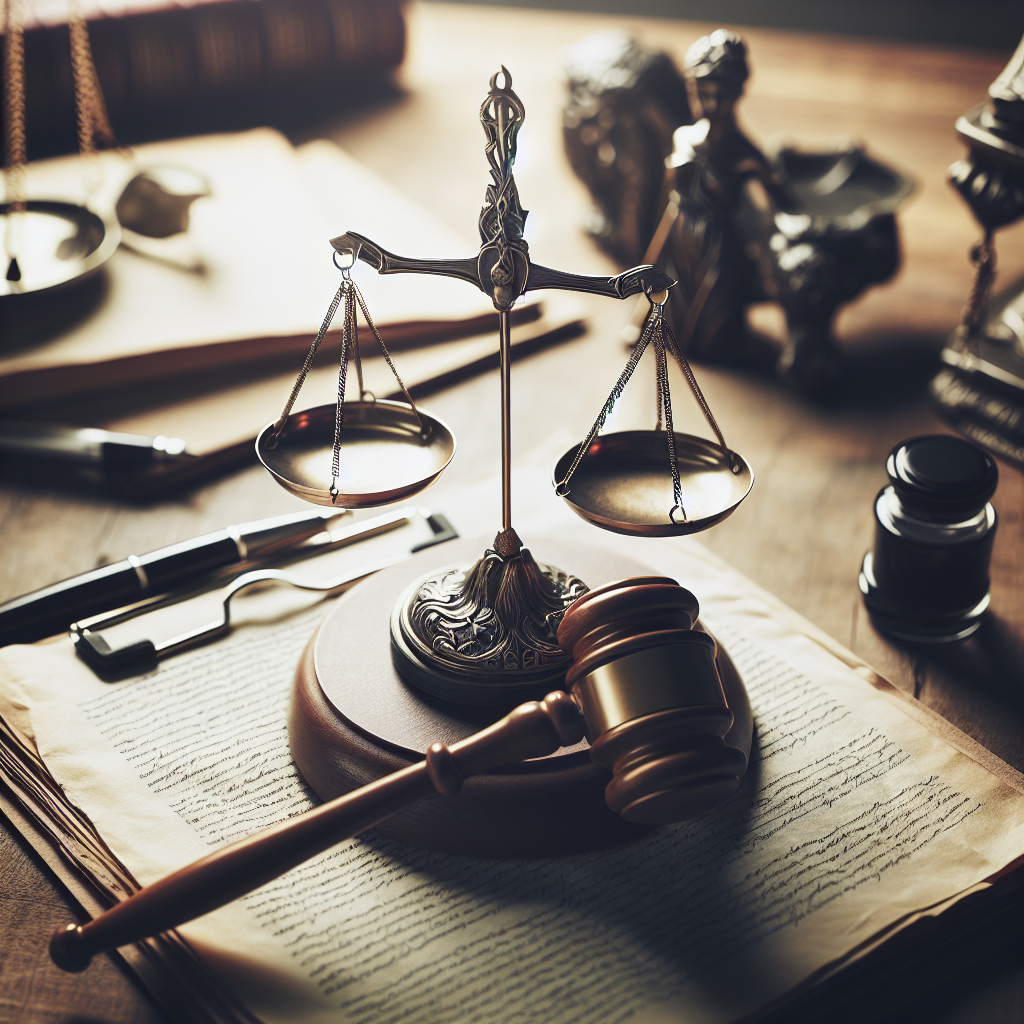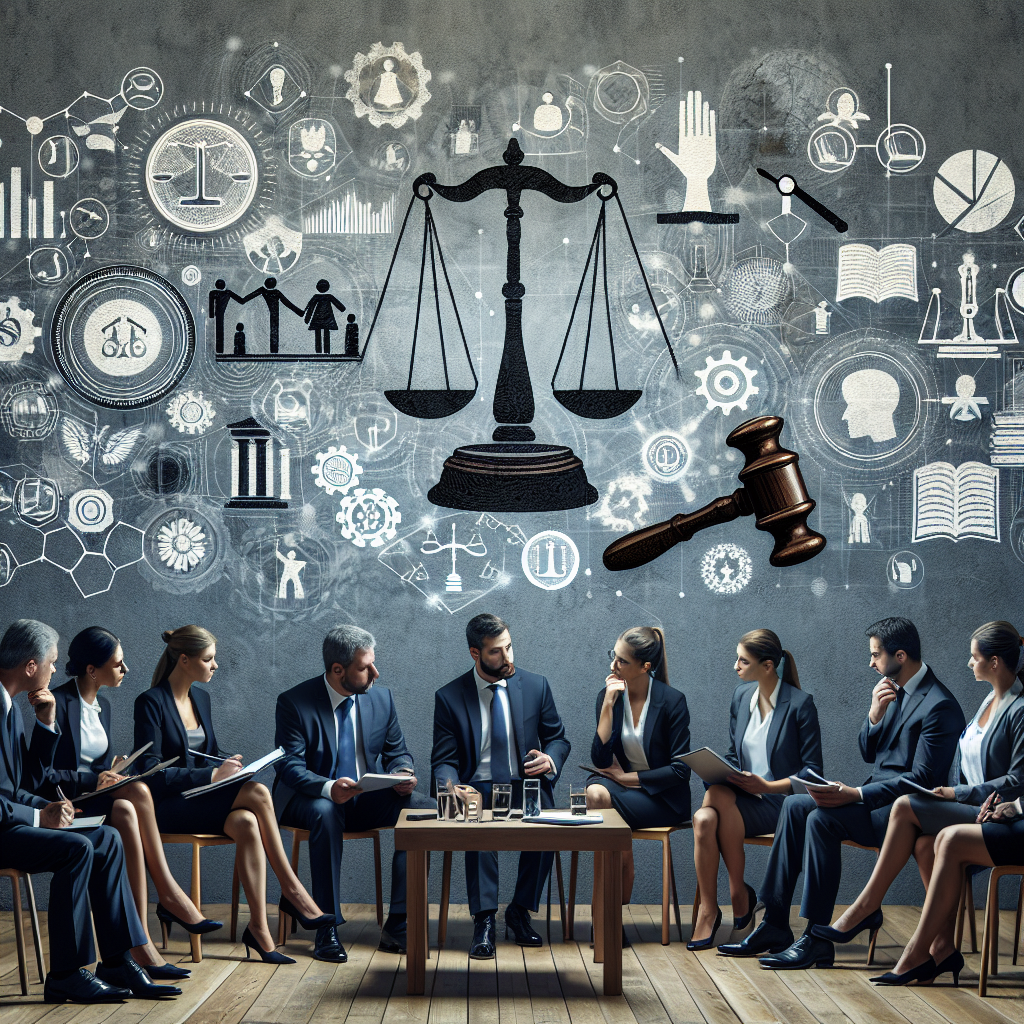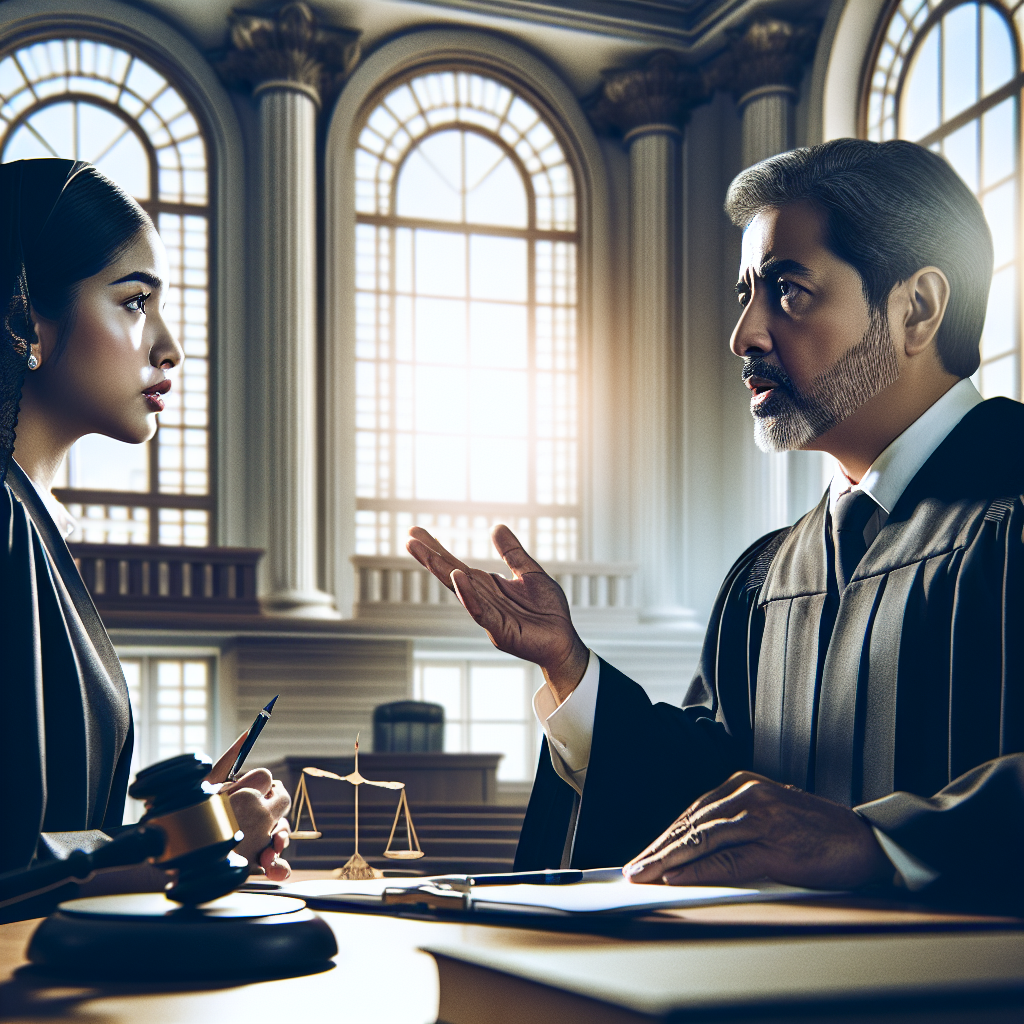The recent oral arguments presented before the Supreme Court have provided a unique window into the decision-making processes of the justices. As the court navigates complex legal issues, the focus appears to be on procedural nuances rather than sweeping legal precedents. This shift towards practical considerations may signal a more cautious approach in interpreting the law, prompting observers to ponder the implications for future cases and legal standards.
Focus on Procedure Over Broad Legal Principles
In the first round of oral arguments held in October, the justices demonstrated a keen interest in the procedural aspects of the cases presented. Unlike rulings that emerge from the court’s emergency docket, which often lack detailed explanations, these oral arguments offered a platform for the justices to engage deeply with the complexities of each case. For instance, cases ranged from criminal trials to suits against governmental agencies, illustrating the court’s emphasis on fundamental questions about legal standing and the practical implications of their rulings.
A notable case was Bost v. Illinois State Board of Elections, which examined a candidate’s right to challenge an election law regarding mail-in ballots. Justice Brett Kavanaugh highlighted the real-world consequences of the court’s decisions by asking, “What’s the remedy… Do you throw out those votes?” This line of questioning underscores the court’s commitment to understanding the tangible effects of its rulings.
Similarly, in Chiles v. Salazar, the court evaluated Colorado’s ban on conversion therapy. Justice Sonia Sotomayor probed the attorney representing the therapist on the issue of legal standing, questioning whether there was a valid grievance when the state had already indicated it would not enforce the law. This inquiry illustrates the court’s focus on whether cases presented to them have concrete implications, which is critical in determining their jurisdiction and authority.
Implications for Future Cases
This focus on procedural elements rather than expansive doctrines may reflect a broader trend in the Supreme Court’s approach this term. As the justices grapple with complex legal issues, their inclination towards practical considerations could shape how future cases are argued and decided. The emphasis on terms such as “injury,” “traceable,” and “concrete” during arguments indicates a potential shift towards a more grounded interpretation of legal principles.
The implications of these trends extend beyond individual cases; they may influence legislative actions and public policy as well. For example, as the court navigates the intricacies of tort reform laws, the outcomes may redefine how legal recourse is pursued in various contexts. This could lead to significant changes in the landscape of litigation and accountability.

In conclusion, the Supreme Court’s first round of oral arguments has offered valuable insights into the justices’ priorities and thought processes. By concentrating on procedural matters, the court seems poised to make decisions that are not only legally sound but also practically applicable. Observers will be watching closely to see if this trend continues in subsequent sessions, as it may signal a new era of judicial interpretation.
| Case Name | Key Issue | Justice Involved |
|---|---|---|
| Bost v. Illinois State Board of Elections | Challenge to election law | Brett Kavanaugh |
| Chiles v. Salazar | Ban on conversion therapy | Sonia Sotomayor |
The recent oral arguments presented before the Supreme Court have provided a unique glimpse into the judicial reasoning that underpins the Court’s decisions. Observers noted a distinct shift in focus during these sessions, with justices prioritizing procedural inquiries over the formulation of broad legal principles. This approach raises intriguing questions about the Court’s direction and the implications of its rulings for future cases.
Shifting Focus: Procedure Over Grand Ideals
During the October oral arguments, the justices exhibited a keen interest in procedural nuances, emphasizing how cases are resolved rather than crafting sweeping new doctrines. Unlike the emergency docket decisions, which often lack detailed explanations, these arguments allowed the justices to engage deeply with the complexities of the law. For instance, in the case of justice and policy expertise, the Court appeared more concerned with practical implications than ideological positions. This trend could signify a more cautious approach to judicial decision-making, focusing on the applicability of rulings in real-world scenarios.
Real-World Implications of Legal Questions
The emphasis on procedural matters was evident in cases like multidistrict litigation challenges, where the justices grappled with fundamental questions about standing and the limits of judicial authority. For example, in Bost v. Illinois State Board of Elections, the discussion revolved around the implications of a candidate’s ability to contest election laws affecting mail-in ballots. Justice Brett Kavanaugh’s inquiry into the potential remedies showcased the Court’s focus on the practical outcomes of their decisions, emphasizing the need for clarity in legal proceedings.
Similarly, in Chiles v. Salazar, the justices scrutinized the standing of a Colorado therapist challenging a ban on conversion therapy. Justice Sonia Sotomayor’s probing questions highlighted the importance of concrete injury in legal standing, as she asked whether the therapist had a legitimate grievance given the state’s disavowal of the law. This line of questioning reflects a broader trend within the Court to ensure that cases brought before them possess tangible legal stakes, reinforcing the necessity for litigants to demonstrate clear, actionable harm.

Implications for Future Court Sessions
The pattern observed during these oral arguments suggests that the Supreme Court may be entering a phase characterized by a more methodical and procedural approach to adjudication. By prioritizing the mechanics of how cases are resolved, the justices may be signaling a desire for stability and predictability in legal interpretations. This could lead to a reevaluation of how courts handle complex legal questions, particularly in areas like patent rulings overturned, where the stakes are high and the implications far-reaching.
As the Court prepares for its next set of oral arguments, observers will be keenly watching for any continuation of this procedural focus. The implications of these discussions extend beyond individual cases, potentially shaping the legal landscape for years to come. The justices’ willingness to engage with the practicalities of the law may indicate a broader trend towards a more cautious and deliberate judicial philosophy, one that prioritizes the rule of law and the integrity of the judicial process.
The Supreme Court’s recent oral arguments have provided a unique insight into the decision-making processes of the justices. Unlike previous terms where broad legal principles dominated discussions, this round revealed a marked shift towards practical considerations. The focus on procedural nuances and the implications of the cases at hand suggests a more cautious and deliberative approach moving forward. As the Court prepares for its next set of arguments, the themes that emerged from this initial round could shape the judicial landscape for the remainder of the term.
Practicality Over Principle
The justices’ engagement during the October oral arguments underscored a preference for practical questions over sweeping legal theories. This shift was evident in cases that ranged from election laws to mental health regulations. For instance, in Bost v. Illinois State Board of Elections, Justice Brett Kavanaugh’s inquiry about the potential consequences of a ruling emphasized the Court’s concern with tangible outcomes. He asked, “What’s the remedy … Do you throw out those votes?” This line of questioning illustrates the Court’s focus on the real-world implications of their decisions.

Similarly, in Chiles v. Salazar, Justice Sonia Sotomayor’s probing into the standing of the plaintiff revealed a critical examination of the underlying legal principles. She challenged the therapist’s claim by questioning whether there was any basis for the lawsuit given that the state had already disavowed the enforcement of the law. This emphasis on concrete injury and specific legal standing suggests that the justices are prioritizing clarity and practicality in their deliberations, potentially indicating a trend for future cases.
Implications for Future Cases
The implications of this focus on procedure may extend beyond the current term. If the justices continue to prioritize practical considerations, it could signal a shift in how future cases are approached. The emphasis on who has standing and what remedies are available could lead to more restrained rulings that avoid broad legal precedents. This approach may foster a more incremental evolution of the law, rather than sweeping changes that could disrupt established legal frameworks.
Moreover, as the Court grapples with complex issues such as the role of technology in the courtroom, the emphasis on practical implications will be crucial. For example, the integration of technology in legal processes raises questions about accessibility and fairness, which the justices will need to address carefully. The ongoing discussions about AI in courtrooms highlight the importance of ensuring that legal standards keep pace with technological advancements.
In conclusion, the first round of oral arguments in this term has revealed a significant focus on procedural matters and practical outcomes. As the Court moves forward, it will be essential to observe whether this trend continues, and how it influences the justices’ rulings on critical issues facing the nation. The careful consideration of practical implications may ultimately lead to a more stable and predictable legal environment, which is essential for maintaining public trust in the judicial system.